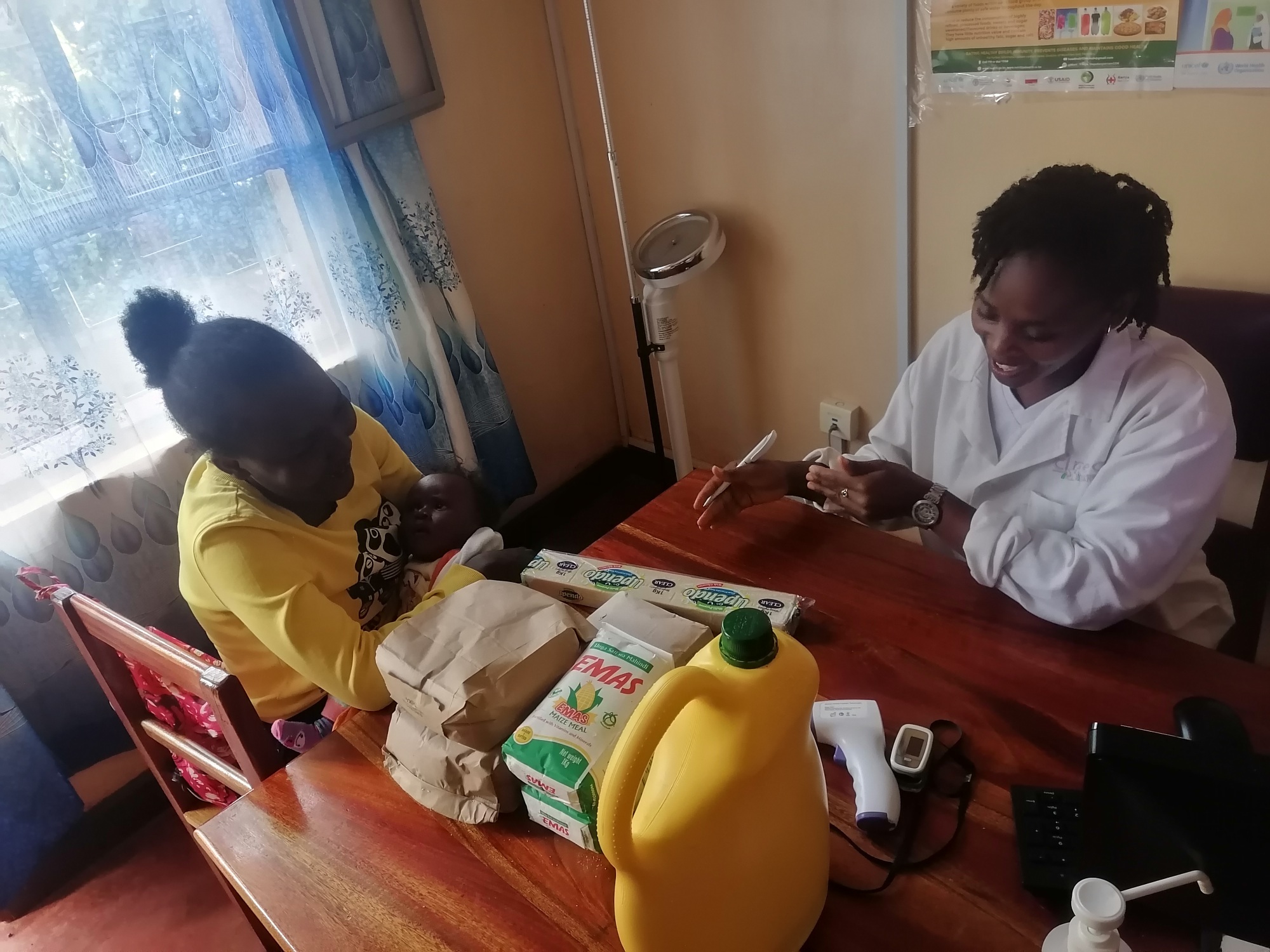Kenya: the FOOD+ project strengthens the fight against hunger
Drought, inflation, and food crisis: in Meru and Tharaka-Nithi counties, the FOOD+ project offers concrete support to the population, combining nutritional aid and healthcare assistance.
In Kenya, hunger remains a real threat for millions of people, especially in the country’s rural and semi-arid areas. The counties of Meru and Tharaka-Nithi, located in the heart of East Africa, are among the hardest hit. In this context, the FOOD+ Kenya project—supported by the Italian Episcopal Conference (CEI) and promoted by the DREAM Program of the Community of Sant’Egidio—reinforces its commitment to improving food security for the most vulnerable populations.
In recent years, Kenya has faced a series of crises: prolonged droughts, poor harvests, rising prices of essential goods, and more recently, severe floods. These events have compromised agricultural production and livestock survival, leaving millions of people food insecure. According to the 2023 IPC (Integrated Food Security Phase Classification), an estimated 2.8 million Kenyans are experiencing food emergencies, including 940,000 children suffering from acute malnutrition.
In Meru and Tharaka-Nithi counties, where most people rely on farming and livestock, climate change has made it increasingly difficult for families to survive. Malnutrition, especially in rural areas, has become a structural issue.
Faced with such a complex situation, the FOOD+ Kenya project has a goal that is both simple and essential: to provide nutritional support to the most vulnerable and, at the same time, to strengthen the local healthcare system to improve the response to moderate and severe malnutrition.
How? Through three well-integrated areas of action: monitoring the population’s nutritional status, distributing food parcels and therapeutic foods, and carrying out extensive community education and awareness campaigns focused on health and nutrition.
The project is part of the daily work of the DREAM centers and operates in close coordination with local health authorities, ensuring targeted, sustainable, and lasting interventions.
In June, the DREAM center in Aina stepped up its fieldwork, reaching 231 people through a comprehensive activity program that included:
-
health education sessions,
-
a support group for vulnerable patients,
-
and home visits, particularly for the elderly and those unable to reach the center independently.
Training sessions covered key topics such as the importance of proper hydration, a balanced diet, hygienic food practices, the nutritional needs of people living with HIV/AIDS, and dietary management for patients with hypertension.
In parallel, food parcels were distributed to men, women, and people with disabilities. Patients with moderate malnutrition received fortified flours to enrich their daily diet, while those with more severe conditions were enrolled in an intensive therapeutic program involving high-calorie food supplements and regular biweekly monitoring.
Among the most encouraging signs observed in June was the case of a patient who, thanks to consistent nutritional support, was able to bring her Body Mass Index (BMI) back to normal levels, allowing her to be discharged from the therapeutic program. Alongside this success, new patients showing clear signs of malnutrition were also promptly admitted into care and nutrition supplementation pathways.
Another positive development was the increased consistency with which patients attended clinical appointments—a clear sign that food support not only improves health but also strengthens the bond between the community and health services, fostering trust and long-term continuity.
